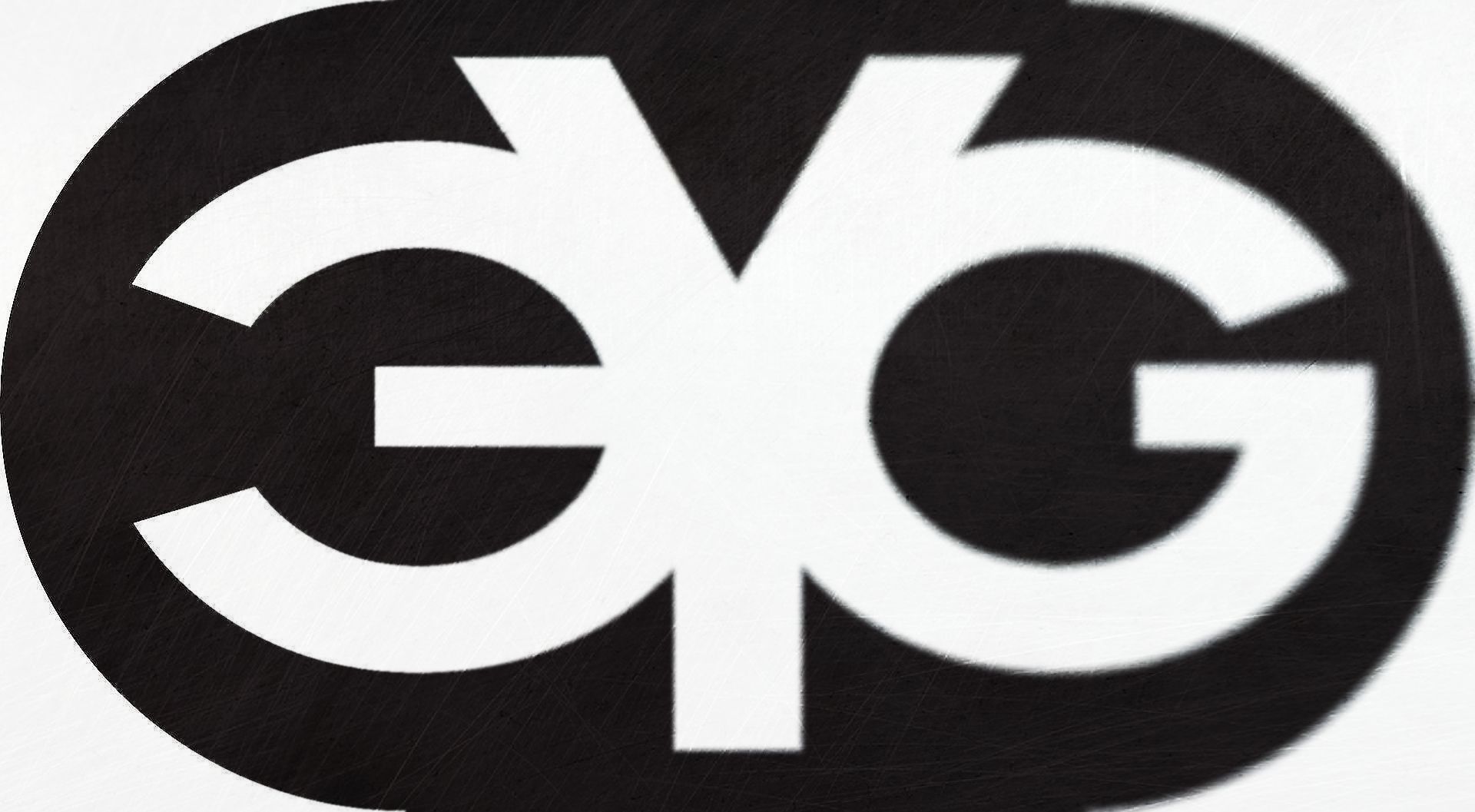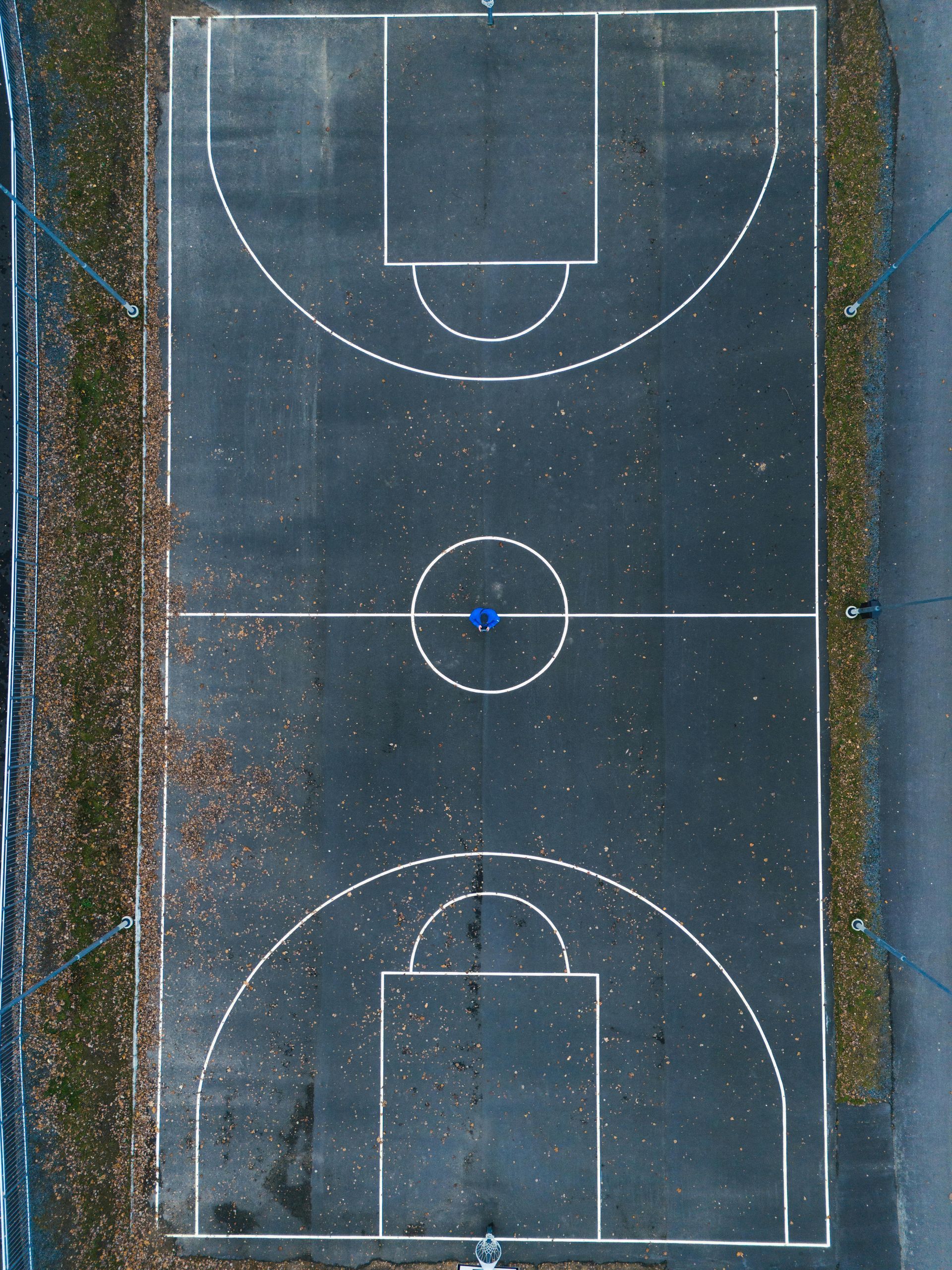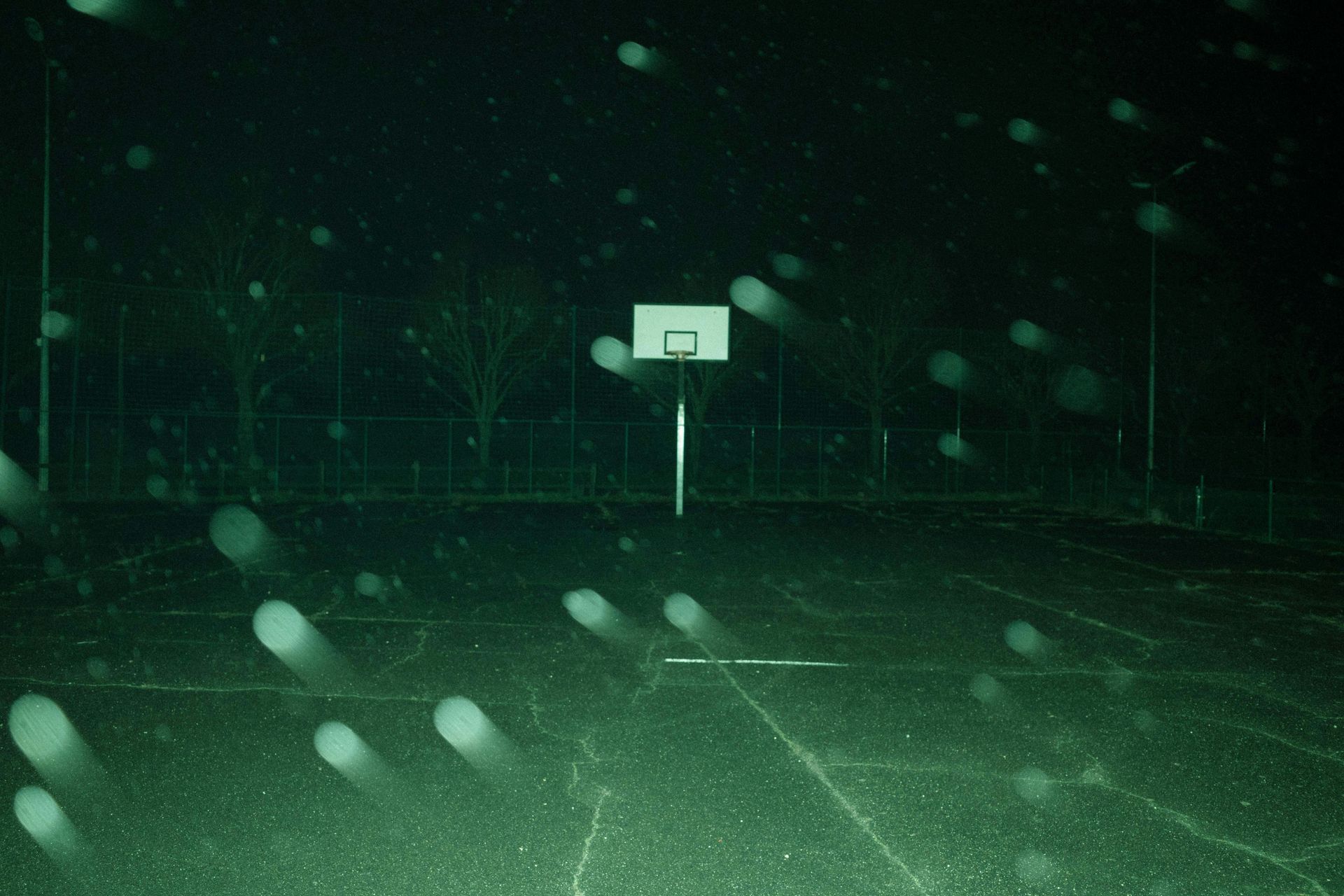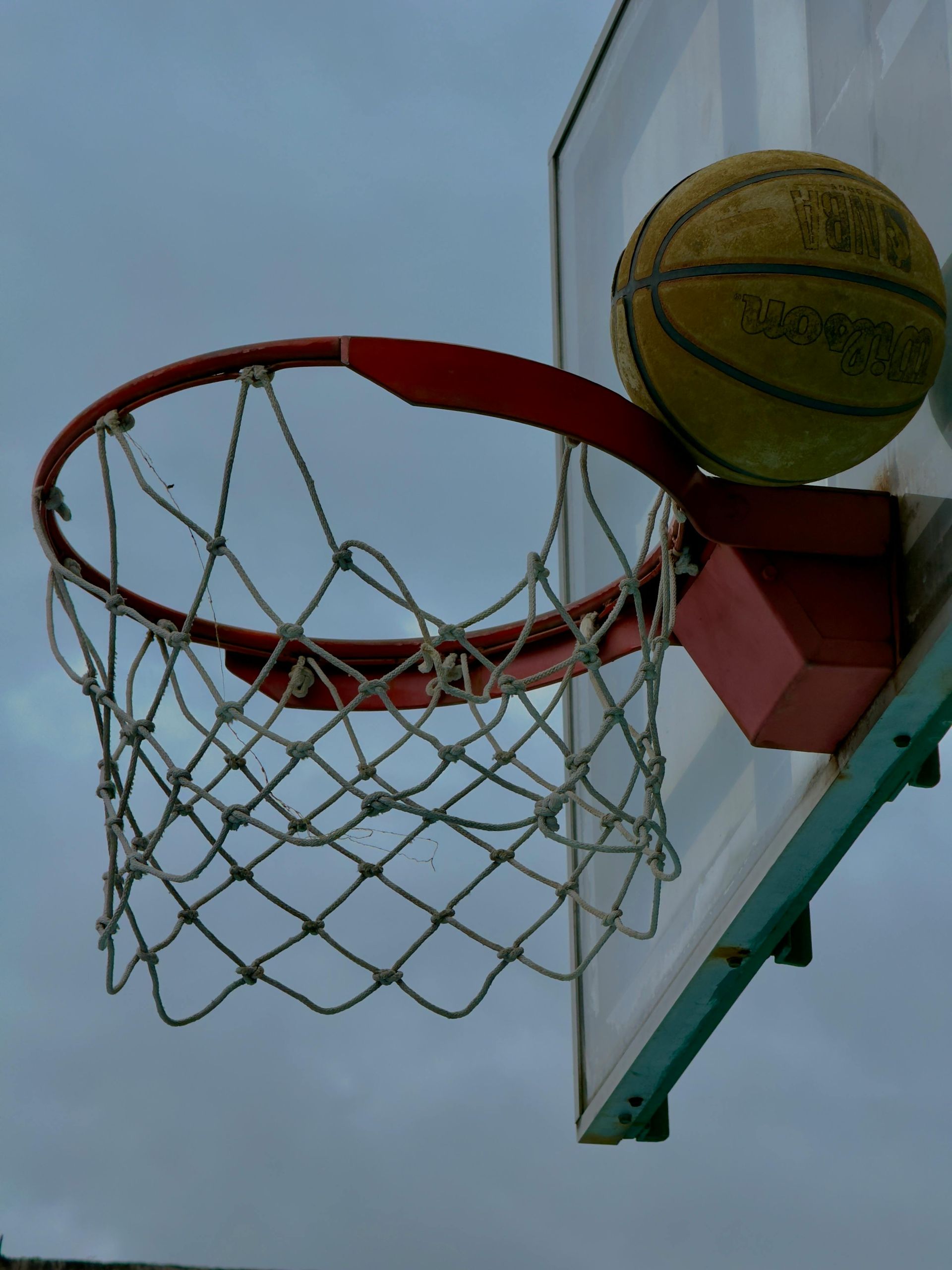7 Key Lessons for High School Players to Elevate Their Game
At EYG Basketball, we believe in helping high school players reach their full potential by focusing on the bigger picture. Here are seven essential lessons that can help you become a better player and teammate:
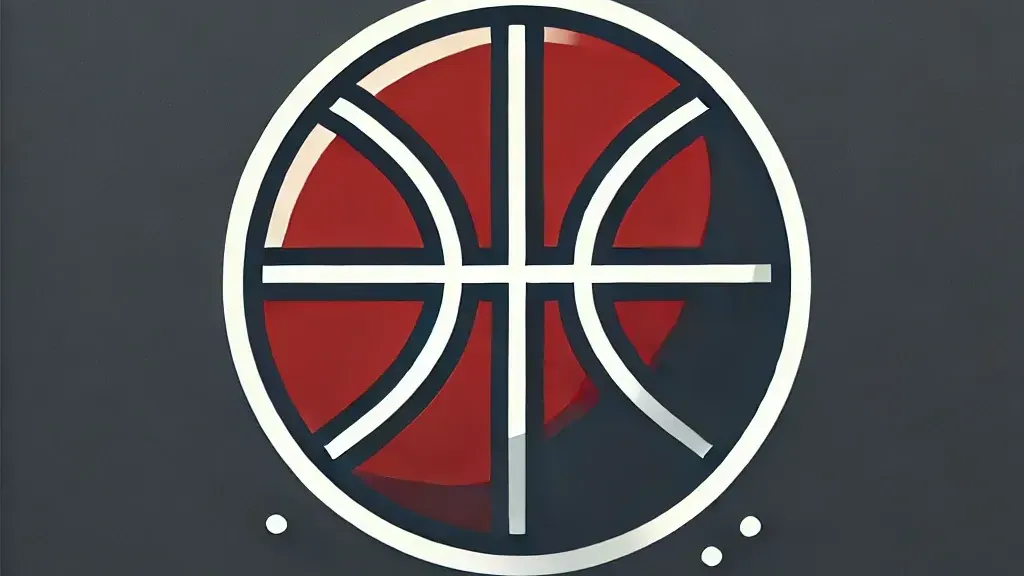
7 Key Lessons for High School Players to Elevate Their Game
At EYG Basketball, we believe in helping high school players reach their full potential by focusing on the bigger picture. Here are seven essential lessons that can help you become a better player and teammate:
1. Understand Your Role
Not everyone needs to be the star. Your contribution—whether it's defense, rebounding, or smart passing—can be just as valuable. Embrace your role, and do it to the best of your ability.
2. Put the Team First
Basketball is a team game. While talent matters, teamwork wins games. Prioritize the success of the group over individual stats, and you’ll see better results for everyone.
3. Study the Game
Becoming a student of the game can give you an edge. Watch film, learn your opponents’ tendencies, and study your own performance to find areas to improve. Basketball IQ can take you further than just physical skills.
4. Play Smart
Effort is important, but playing with intelligence is critical. Make the smart pass, take the high-percentage shot, and always be aware of what's happening on the court. It's about playing efficiently, not just playing hard.
5. Stay Humble
No matter how good you are, there’s always room for improvement. Stay humble, listen to your coaches, and remain coachable. Great players never stop learning.
6. Value Defense and Hustle
Scoring isn’t everything. Defense, hustle, and the little things win games. Embrace the grind of doing what others won’t—like taking charges or contesting every shot.
7. Confidence and Humility Can Coexist
Believe in yourself, but stay grounded. Confidence helps you perform under pressure, but humility keeps you improving. You can balance both to become the best version of yourself.
Conclusion
These lessons are about more than just basketball; they’re about becoming a better teammate, a smarter player, and ultimately a stronger competitor. At EYG Basketball, we’re here to help you grow in every aspect of the game.
Now, let’s get to work!
